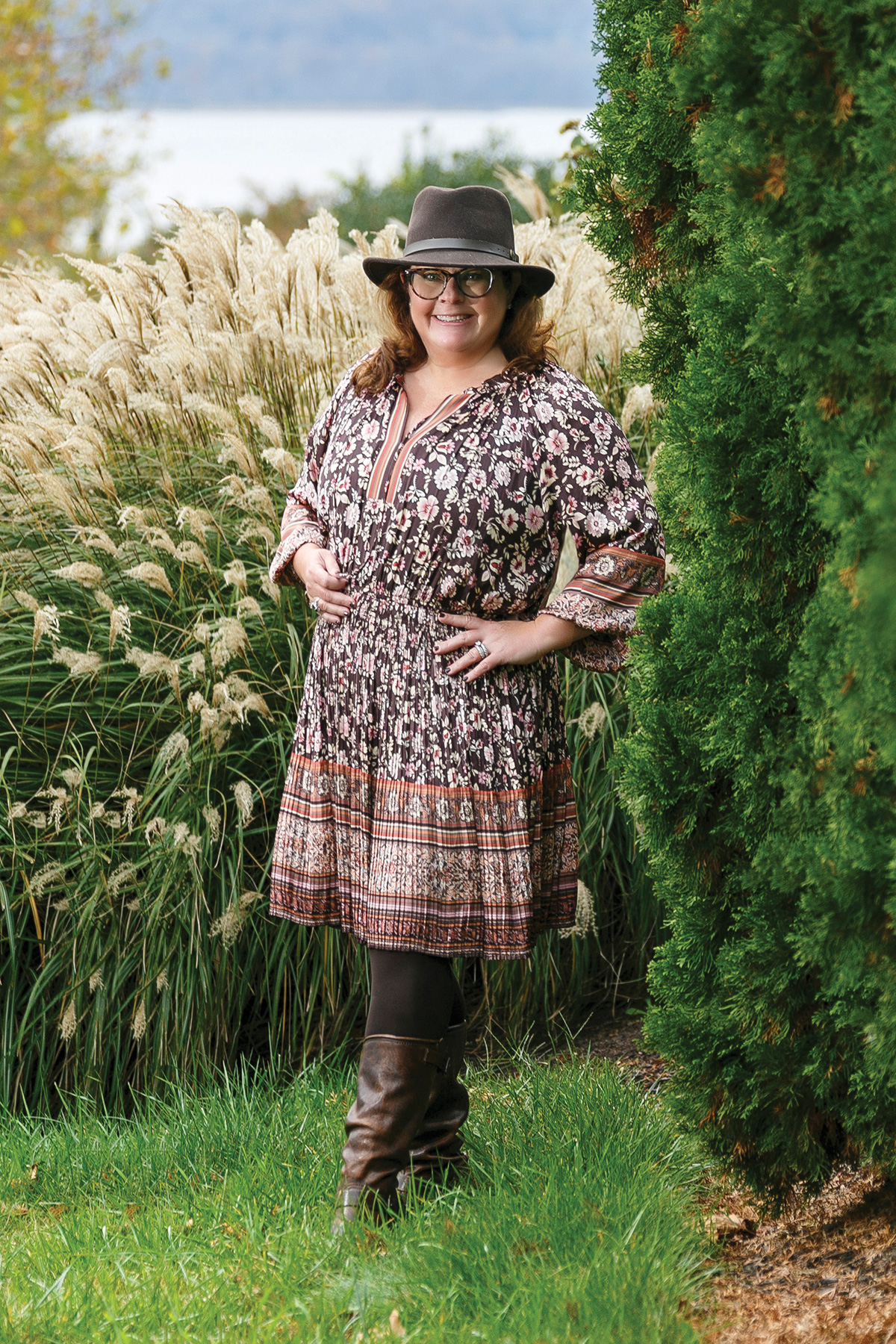
Every business should have a sales plan that includes both strategies and tactics. It acts as your map to get where you want to go.
Start your sales plan with the products you want to sell. Make sure your product offerings are in line with your studio brand. Do you offer a basic, a better, and an awesome option in your product lineup? This is, in my opinion, one of the most important parts of a successful sales plan. Research has proven that, given three options, most consumers will select the middle alternative. When you review your creation fees, products, collections, packages, etc., make sure that whatever you most want to sell is the middle option. If you understand your cost of goods and price your offerings correctly, these options will ensure that you hit your sales goal with the majority of your sessions. This works with a la carte products as well as wedding collections, school packages, senior portrait collections, and commercial work.
The next piece of the sales plan is sharing your offerings and your brand with target clients. Your target clients are the people for whom your products or services are the solution to their needs. A great way to connect with target clients and share your brand is to partner with associations, businesses, services, and other venues they patronize. For example, if you partner with a realtor who sells homes in an area you know is a good fit for your family portrait business, you’ve created a brand ambassador telling their clients that you’re the right choice for their next portrait session. Perhaps they gift every new homeowner with a complimentary family portrait session at your studio. Hopefully, they’ll showcase the family portrait you made for them in their real estate office. Such partnerships are golden if you work with organizations that cater to your target clients.
The portrait consultation is one of the most important parts of the sales process.
Mary Fisk-Taylor
Also define in your sales plan the process of turning a prospect into a client. This process usually starts with a phone call or email, where your job is to ask insightful questions and then listen carefully to the answers. You need to understand who they want to have photographed and what they want their finished product to be. Assuming they have a budget that fits within your product lines, you can start developing a photography plan for this potential client. The next step is inviting them to an in-person consultation or phone call.
The portrait consultation is one of the most important parts of the sales process. It allows the client to explain what types of portraiture they’re interested in. In our studio, we also ask the client to show us pictures of their family who aren’t at the consultation as well as areas in their home where they’re considering displaying artwork.
By viewing pictures of the family prior to the sitting, we gain information we can use in the camera room. We want to be prepared so that there are no surprises on portrait day. The pictures of their home tell us everything else: color schemes, current portraiture or artwork on their walls, lighting, and décor. We can now design the portrait session to create images that complement their space. For example, if they have a neutral family room with brown leather sofas and taupe walls, we might recommend a beach or garden portrait with neutral clothing versus a low-key studio setting. This lets the client know that we are custom designing specifically for them and their home.
At the consultation, we explain to the client that we’ll do all of the sales and decision-making in person. We discuss general sizes for a portrait or a portrait grouping depending on the spaces in their home and measurements they supply. This allows us to quote their creation fee as well as the pricing of portraits they may purchase. We may also choose some framing corners that would complement their home and the planned portrait.
Educating and including your client in the creation process results in a willing and committed client. The end result is a happy customer and a successful studio.
Mary Fisk-Taylor is the co-owner of Hayes & Fisk Photography in Richmond, Virginia.
